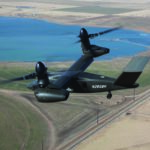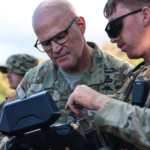
The Pentagon plans on seeking congressional approval for a three-year block buy of F-35s that could help drive down prices of the aircraft, said the Defense Department’s acquisition chief Frank Kendall on May 29.The buy would span fiscal years 2018 through 2020 and include up to 150 jets per year. Both international partners and foreign military sales customers would be eligible, he told reporters.By consolidating three years of orders into one contract, F-35 manufacturer Lockheed Martin [LMT] and its suppliers can…













